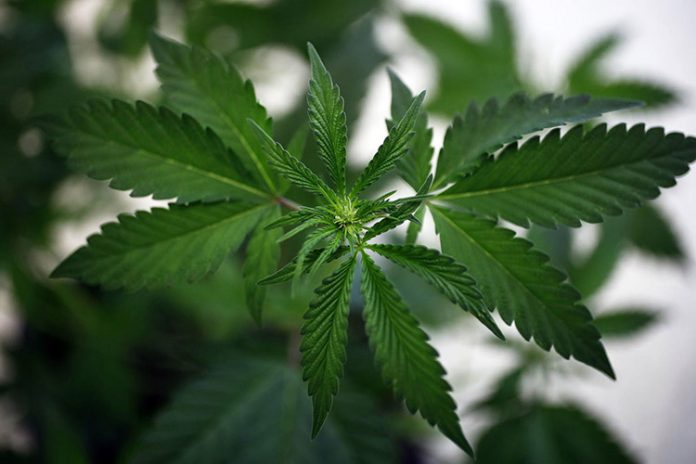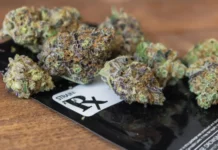What’s it going to take for us to recognize the value of cannabis in combating the opioid epidemic?
Two recent studies published in the American Medical Association’s peer-reviewed journal demonstrate that opioid use is lower in states where doctors can recommend medical cannabis. The findings back up previous studies showing these same states have seen a 25 percent reduction in opioid overdose deaths, and 23 percent fewer non-fatal opioid hospitalizations. When patients have access to cannabis, they fill fewer opioid prescriptions, consume fewer opioids, overdose less and stay alive. No other policy, clinical intervention, law or pharmaceutical therapy has the kind of impact that cannabis does when it comes to opioid use.
There are 115 opioid-related deaths every day in this country — just over 17 deaths a week for Missouri in 2016. Opioid-related emergency room visits have climbed by about 30 percent nationally in less than a year. In Missouri, they’ve climbed to 21 percent during the same time period. More than 2.5 million people across the country are suffering from opioid addiction, yet action and interventions have been stalled. This crisis drains $500 billion annually from our national economy, but even that isn’t enough to bring cannabis into the discussion.
This isn’t surprising, given the campaigns of fear and misinformation about the plant that have been pervasive in our society for decades. But cannabis has been used as a pain reliever for thousands of years, and was even included in the ancient Chinese pharmacopoeia for pain and other purposes. The ancient Egyptians, Greeks and Romans used it, and it was part of mainstream American medicine throughout the 1800s.
Cannabinoids, the unique molecules found within the trichomes of the cannabis plant, have fantastic pain-relieving properties. Cannabinoid receptors are widely expressed throughout the brain’s pain processing regions. When cannabinoids are administered directly to these areas, they produce profound pain relief.
Cannabis and opioids spark nearly identical reactions within our brains when it comes to pain relief. But the molecules in cannabis have anti-inflammatory properties (opioids do not), and inflammation is often associated with pain. And while opioids may do a better job in alleviating the bodily sensation of pain, cannabis improves the ability to cope, or live in the presence of it.
Cannabis is also less addictive than opioids, the undesirable side effects are fewer and more easily tolerated, and it appears much safer to take over the long term. A fatal overdose of cannabis is virtually impossible. Even when following doctors orders, the same cannot be said for opioids.
With 46 states having some form of medical cannabis legalization on their books — Gov. Jay Nixon signed Missouri’s CBD specific bill in 2014 — one would think that great strides are being made. But the federal government has repeatedly refused to reclassify cannabis as anything other than a Schedule I controlled substance (the most dangerous class, the same as heroin) despite the irrefutable evidence of its medical value.
Many policymakers would be much more inclined to support coast-to-coast patient access to cannabis if there were more high-quality research on which to lean on. That research is virtually impossible to conduct because cannabis is classified by the federal government as a Schedule I drug.
Medical professionals and scientists do not need additional convincing. But others certainly do. As a nation, we must acknowledge cannabis as the exit drug to the opioid epidemic.














